Safe travel: Berliner Verkehrsbetriebe uses Mosa tiles for their underground stations
U-Bahnhof Eisenacher Strasse
BVG Bereich Infrastruktur
583 million people – that’s how many passengers used the Berlin underground, operated by the Berliner Verkehrsbetriebe (BVG), in 2019 alone. If you adjust this to the 175 stations it means that 3,3 million people enter each station every year. An enormous load for the infrastructure and in particular the floors: more than one billion shoes, wheels of luggage, bikes, scooters and more leave their marks day by day.
Nevertheless, the stations should look well-maintained and stay in good shape for a long time. No easy task for the “Sachgebiet Projektmanagement Bahnhöfe” of the BVG. Architect Martin Renz and his team are responsible for the internal architecture and planning here. 20 architects and engineers take care of the planning for new underground stations and the renovation of existing ones – setting hard requirements for the materials in the interest of the passengers as well as the company.
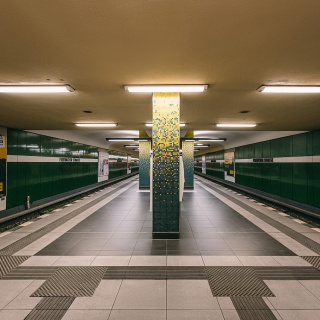
These requirements were the starting point for the cooperation with the Dutch tile manufacturer Royal Mosa. Already in 2015, the first station, “Lipschitzallee”, was equipped with Mosa tiles. Today, Mosa’s tiles have been defined as the standard floor material for the BVG. Martin Renz took this decision based on several criteria: “The slip resistance, longevity, but also the timeless design of Mosa tiles really convinced us.”
When selecting relevant materials, the BVG doesn’t rely only on legal norms and standards. Often enough, the company goes further by implementing its own tests. Renz and his team want to be sure that the materials are able to stand the loads for a long time. Thus, they clean the tiles with the hardest detergents, because “it is imperative for us to use a material, which we can clean without residues”, explains Renz.
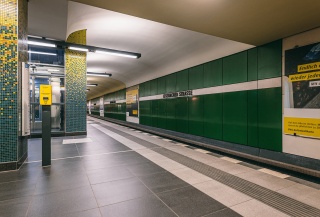
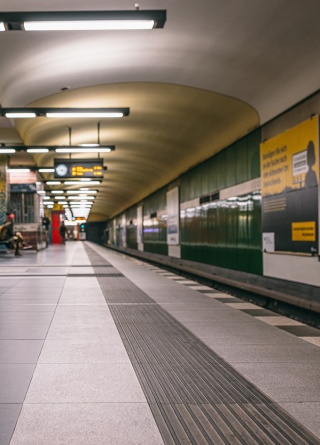
The BVG mainly uses tiles from the Core Collection Solids, Terra, and Quartz: all in dark grey with a light grey contrast. As these colours underline the plain, discrete elegance of the tiles, they are also less susceptible to dirt. In addition, the BVG uses different tile formats. Although most floors are equipped with 60 x 60 centimetres or 60 x 90 centimetres, they also make use of 30 x 60 centimetres. Martin Renz is pleased: “The different formats, which we can play with, give us many options. This is great.”
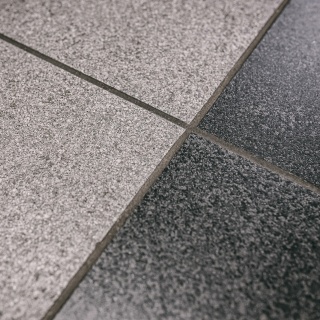
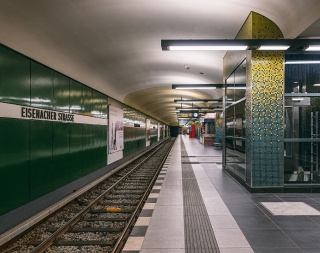
Next to that, Mosa’s tiles with R10 or R11 (according to the tiles and individual needs) easily fulfil the requirements for slip resistance with a guarantee of 30 years. Yet another convincing argument for the BVG.
Although functionality is key, Martin Renz also puts strong focus on aesthetics: “Our stations have been built in very different times and are characterized by a large architectural variety. Mosa tiles are elegant and plain, but they are also timeless. Thus, they neatly fit into the ambience of each station without pushing their way into the foreground.”
Currently, 10 stations are either already equipped with Mosa tiles or in the building phase. For the coming years, many more are in planning. As each project is individually adapted to the requirements of the respective station, the exact compilation of tiles differs every time. “For us, each station has its own history – and thus needs its own solution. As part of this solution, Mosa is a reliable partner for us, fulfilling our requirements for functionality and design in an ideal way,” summarizes Martin Renz his experience.
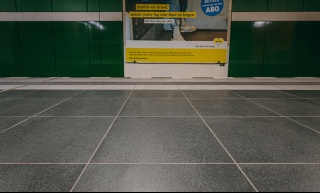
Project detail
| Project: | U-Bahnhof Eisenacher Strasse |
| Architect: | BVG Bereich Infrastruktur |
| Location: | Berlin (Germany) |
| Completion: | 2019 |
| Mosa series: | Core Collection Quartz |
Inspiration
More information
We set high standards for the advice and support. This means that we actively aim for dialogue and that we are interested in what interests you. Do you have any questions about this project or would you like to discuss the options for your project?
Contact Mosa